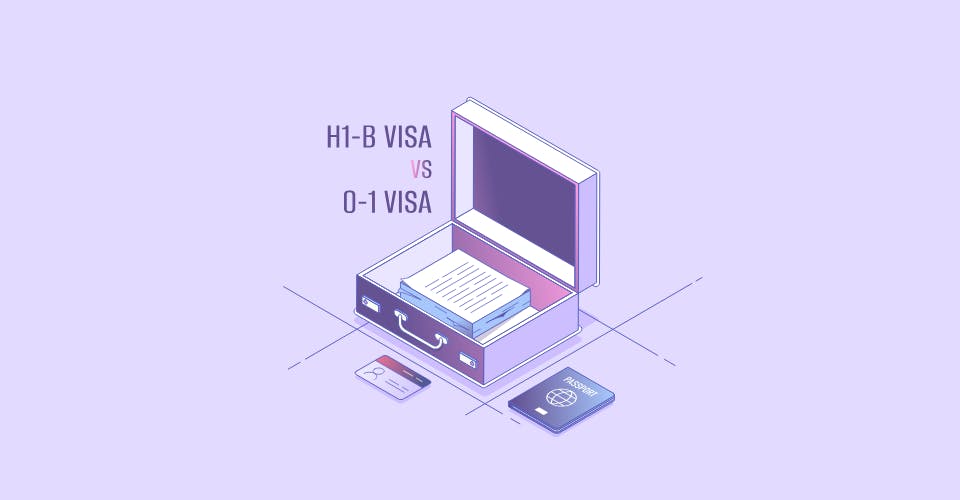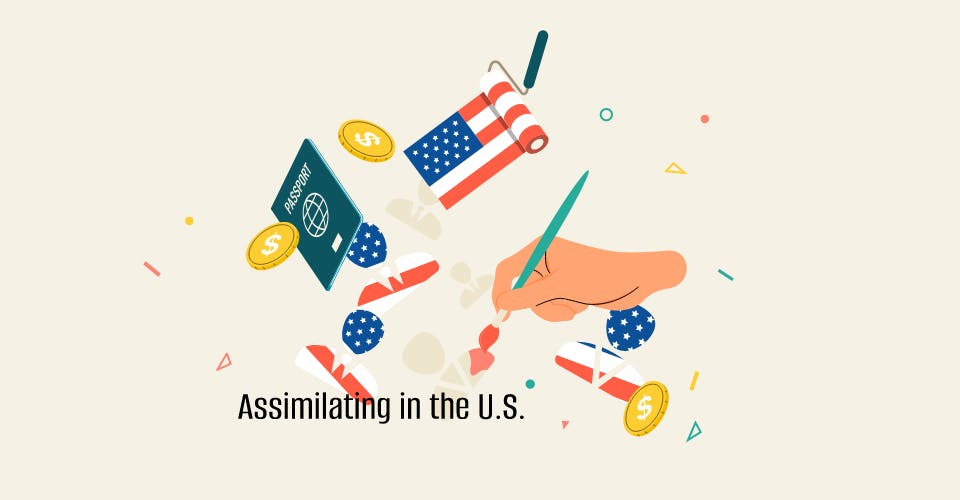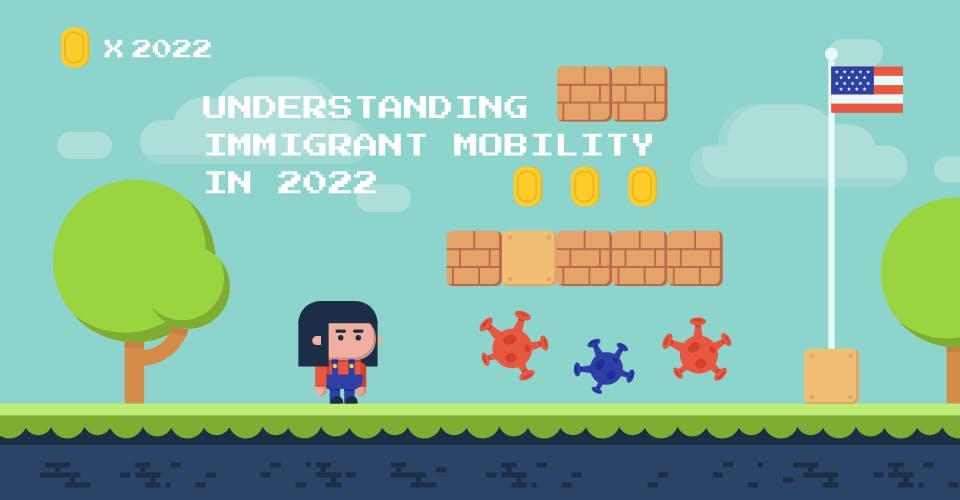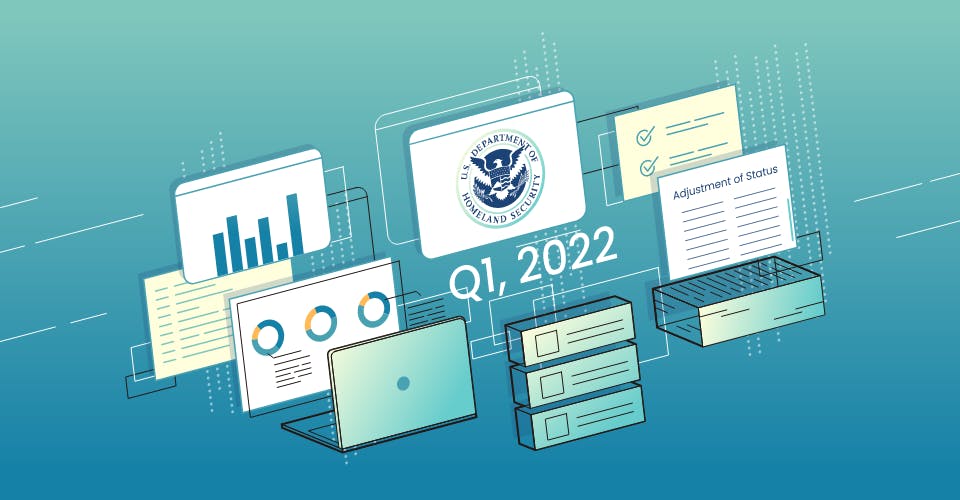The H1-B specialty visa is a popular option for employers in the United States who are looking to hire foreign talent for their organization. One of the main benefits of the H1-B visa is that it also provides recipients a legitimate opportunity to integrate into the United States, and is also a dual intent visa that can eventually lead to permanent residence (with a 3 year validity period). Further, the H1-B visa also allows family members to follow the principal visa holder to the Untied States (such as children and spouses). In this regard, securing an H1-B visa with family members attached can be the start of a new chapter in someone’s life.
Yet it is worth considering if there is another similar visa type that applicants might be attracted to that is not subject to an annual cap. One of the drawbacks of the H1-B is that the U.S. government only sets aside 65,000 visas annually, meaning that the lottery system used to pick winners can be very selective. In turn, perfectly qualified individuals might not get picked for the lottery at all.
In this regard, the O-1 Visa, which is another non-immigrant, employment based visa, could be an attractive option. Let’s take a closer look at this visa type.
The O-1 visa could be an option for some highly skilled visa applicants seeking employment in the United States. One of the main differences between the O-1 visa and H1-B is that the O-1 visa is more competitive in terms of educational attainment. In general, in order to be eligible for the O-1 visa, you need to be “at the top” of your field, usually having reached the terminal degree in your field (PhD).
In addition, the following criteria is usually needed depending on the field you are working in:
- Publications, or having appeared in a professional magazine or journal
- Original scientific, scholarly, business, or artistic contribution to a field
- Commanding a high salary or other significant compensation for your work
- Award(s) of excellence in your field[1]
- With a more difficult criteria to satisfy than the H1-B, many applicants will not be eligible for the O-1 visa type. However, one of the main benefits of this visa, for applicants who might be able to satisfy the criteria above, is that there are no annual caps to this visa. This means that if an employer files a non-immigrant visa petition on your behalf for an O-1, it could be awarded at any time of the year. In other words, you wouldn’t be subjected to the long application of the H1-B visa.
The long application wait time for prospective H1-B applicants has been problematic especially for individuals who are already in the United States, or those who might experience a “cap gap”. This essentially occurs when someone is granted an H1-B visa, but has to leave the United States as their visa wont officially become valid until October 1st of that year.














